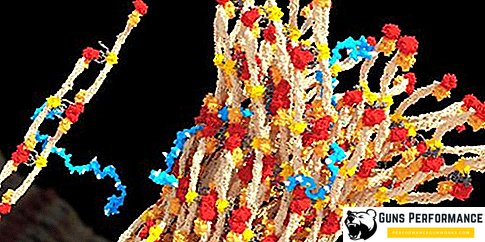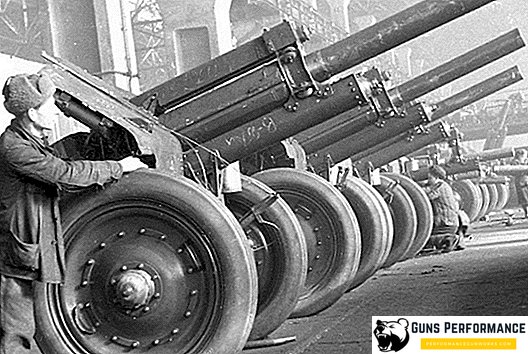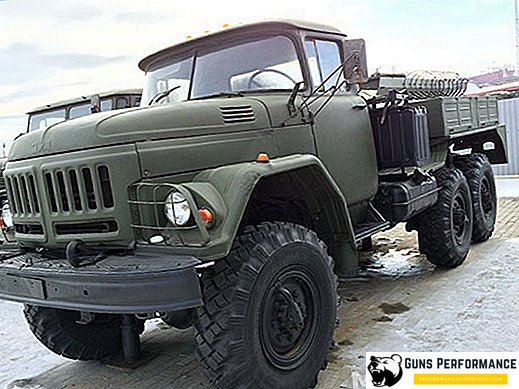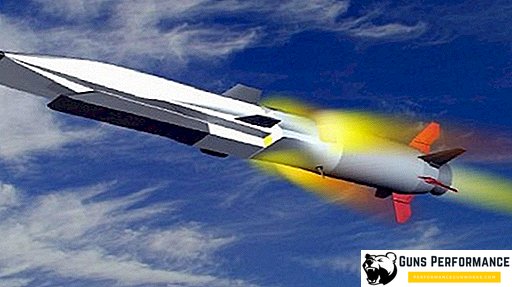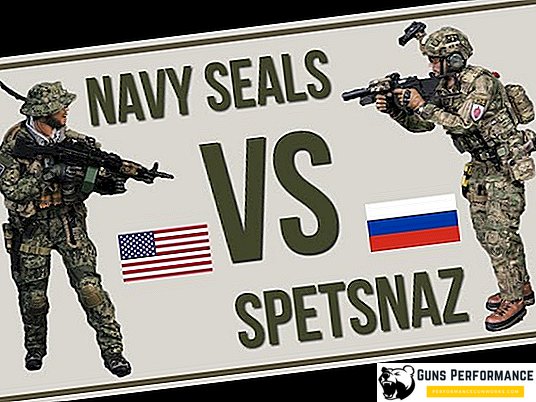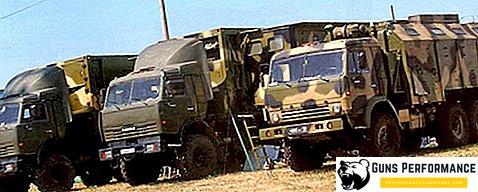For many years, the Directorate of Advanced Research Projects of the United States Department of Defense (DARPA) has been trying to solve the problem of independent actions of unmanned aerial vehicles in numerous teams. And it seems that the specialists of the American military department, in collaboration with software engineers, found a way to organize group flights of drones without control from ground points.
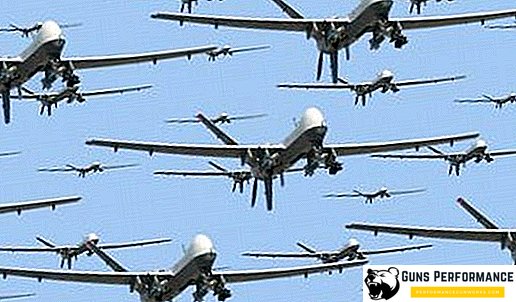
The United States military at the Arizona test site successfully tested a drone swarm control system. A feature of the test was the implementation of unmanned aerial vehicles of group flight without the use of GPS navigation and radio transmission.
During the test, the drones, performing a common task, coordinated actions not with the control room, but with each other. And the possibility of their use without reliance on GPS signals will allow American generals to plan future combat operations in the conditions of blocking radio and GPS signals.

In such cases, robotic aircraft can warn each other about the danger, share the collected information about the terrain and plan the scenario of a possible attack on the ground, and in the long run, on the air target.
This success of the American developers of military equipment provides the Pentagon with the advantage of group use of unmanned aerial vehicles in the electronic countermeasures areas of electronic warfare and practically minimizes the effectiveness of the use of air defense forces of a potential enemy.




